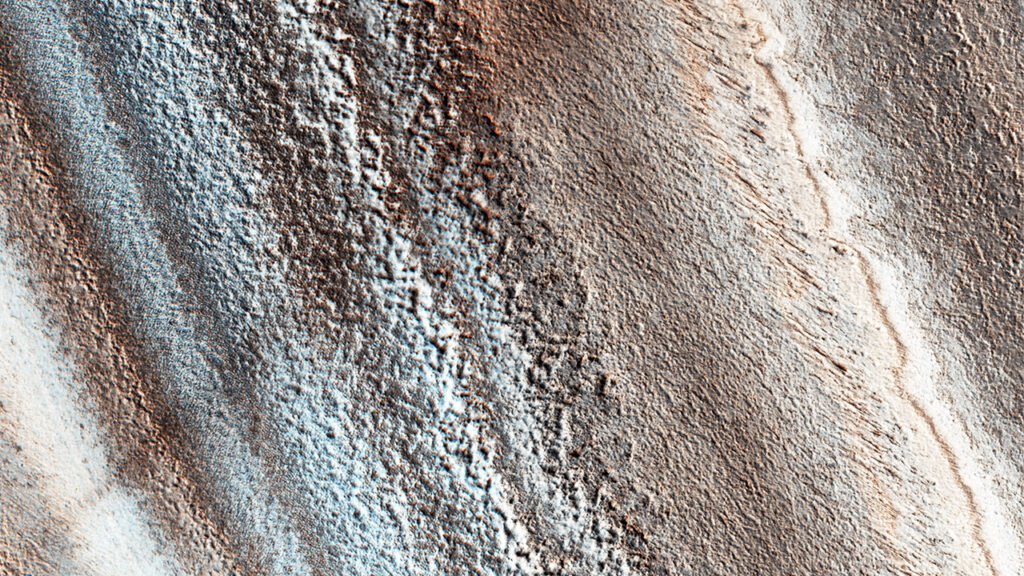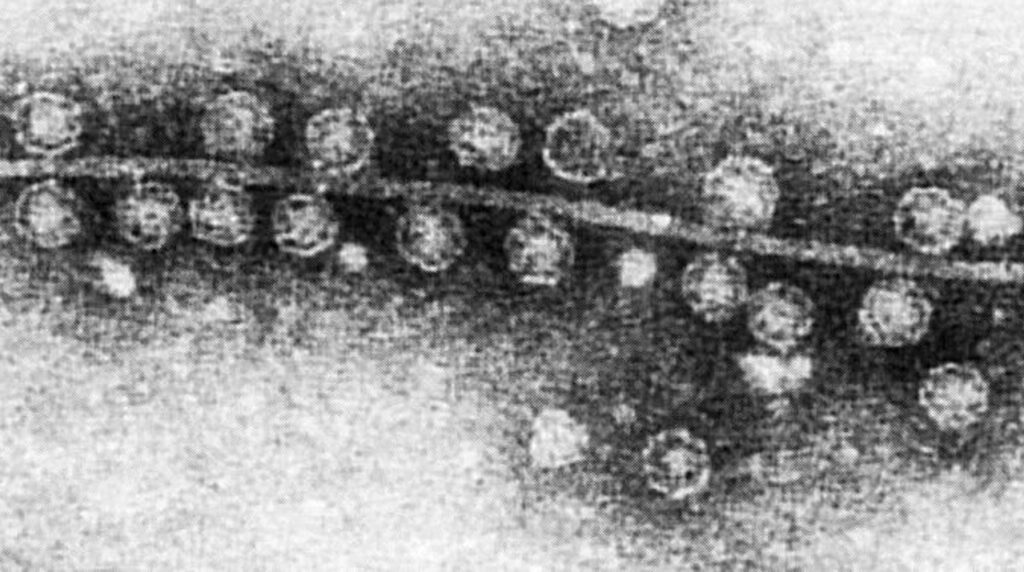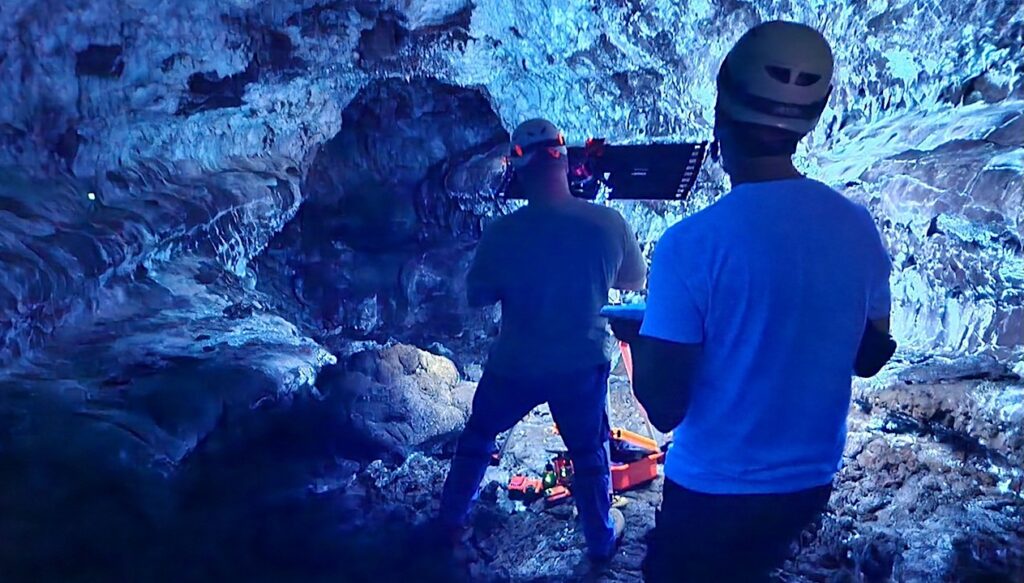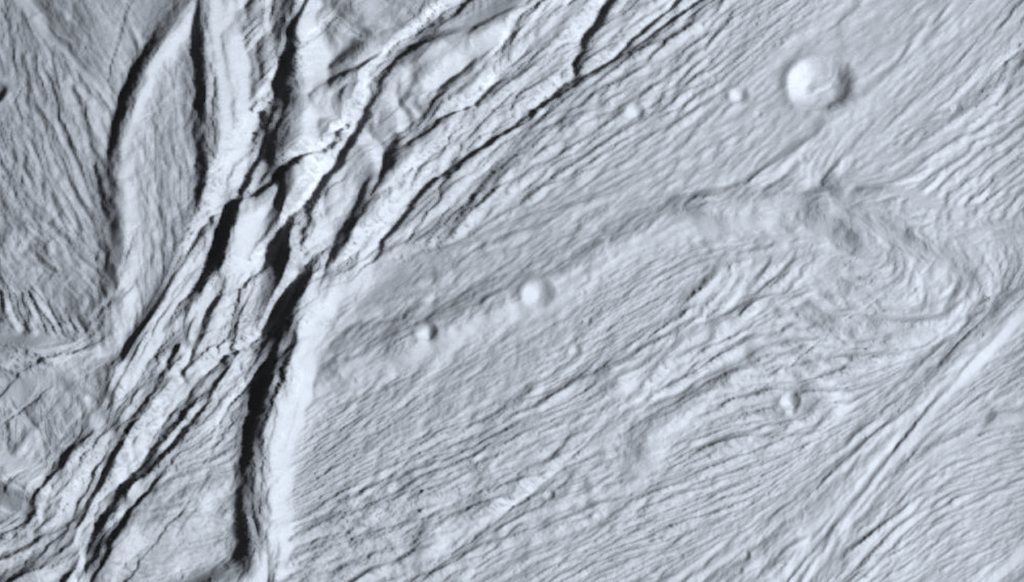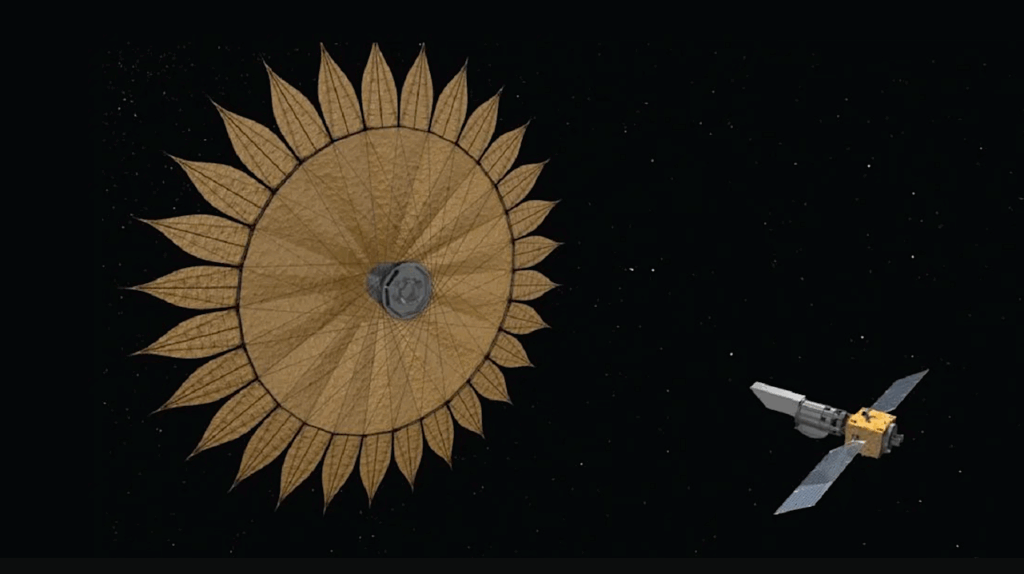Viral Activity In Lake Analogs Of Anoxic Early Earth Oceans
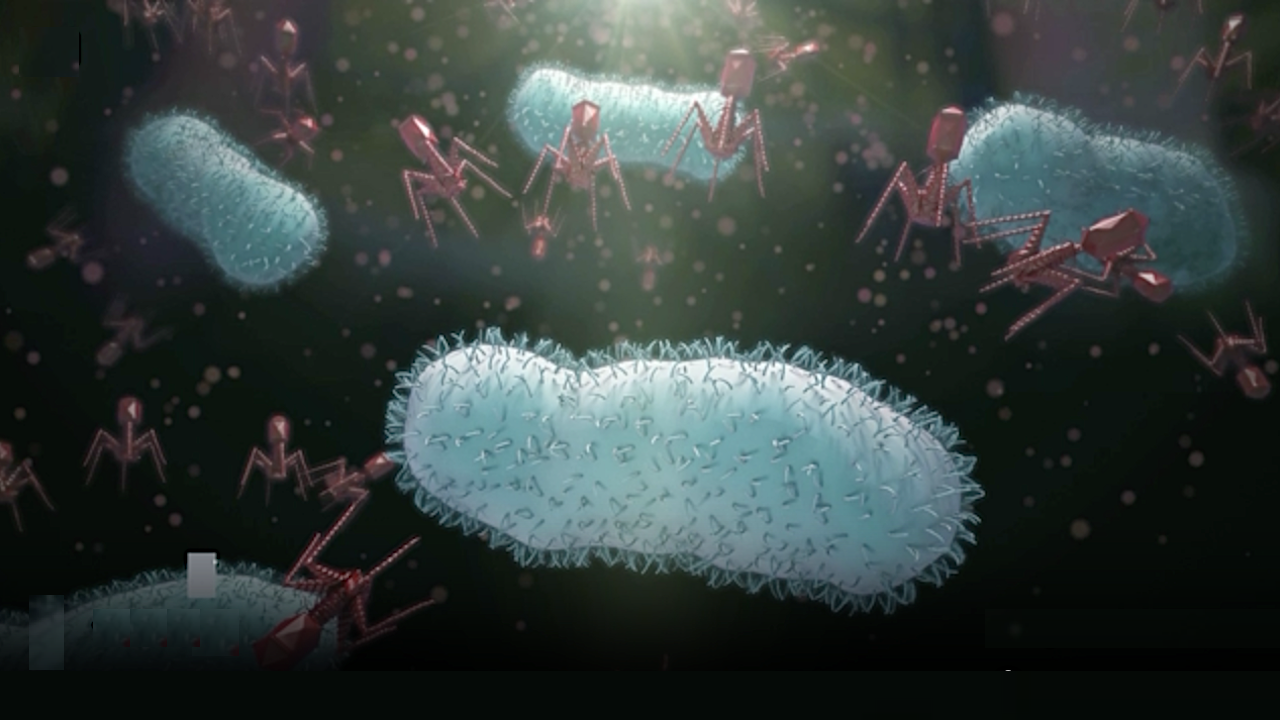
Background
Meromictic lakes, with their stratified water columns, are modern analogs for ancient euxinic (anoxic and sulfidic) oceans, where anaerobic sulfur-oxidizing purple and green sulfur bacteria (PSB and GSB) dominated as primary producers. Recent studies suggest a potential role of viruses in the metabolisms and biosignatures of these bacteria, but conclusive evidence of viral replication and activity in such lakes is still lacking.
Results
Here, we investigate viral activity in the upper mixed layer (mixolimnion), the anoxic bottom (monimolimnion), and the microbial plate (a dense layer of phototrophic sulfur bacteria forming at the boundary between the oxygenated mixolimnion and the anoxic monimolimnion) of three meromictic lakes: Poison and Lime Blue Lakes (WA, USA) and Mahoney Lake (BC, CA).
Geochemical profiles of two lakes, Mahoney and Poison, which are dominated by PSB, show a sharp chemocline, whereas Lime Blue displays a less steep chemical gradient and hosts a mixture of PSB and GSB. Viral gene transcription and epifluorescence microscopy revealed depth-dependent patterns in viral activity.
The two strongly stratified, PSB-dominated lakes showed a significant decrease in the virus-to-microbe ratio (VMR) in their microbial plates, suggesting reduced viral particle production via lysis. Metatranscriptome data corroborated this trend by showing lower levels of viral gene expression in these microbial plates, higher expression of CRISPR defense and lysogeny-related genes, and relatively high expression of photosynthesis-related viral genes.
Conversely, the third lake, which harbors a mix of PSB and GSB, exhibited low microbial density, high VMR, and high viral transcriptional activity. Viral transcription levels significantly correlated with VMR in the microbial plates and bottom layers, but this relationship was absent in low-density, oxic surface samples.
Conclusions
Here, two independent lines of evidence, abundances and gene expression, show reduced viral lytic production in microbial plates dominated by PSB in stratified lakes. This suggests that viral lysis may contribute less to bacterial community structuring in these high-density microbial plates.
Rather, other viral-mediated mechanisms, such as lysogeny and the expression of auxiliary metabolic genes, may represent a more significant viral influence on bacterial physiology and geochemistry. These patterns in virus-bacteria interactions may be consequential for the interpretations of biosignatures left by these bacterial groups in the geologic record.

Sampling sites and euxinic lake profiles. a Geographical location of lakes sampled in this study: Mahoney Lake (49°17′19″ N, 119° 34′58″ W), Lime Blue Lake (48°34′01″ N, 119° 36′45″ W), and Poison Lake (48°32′05″ N, 119° 34′36″ W). b A vertical profile of the three lakes, including dissolved oxygen (DO), specific conductivity, and Photosynthetically Active Radiation (PAR). Horizontal lines indicate the sampling depth for the mixolimnion, microbial plate, and monimolimnion at each lake. c Visual coloration of filters from the mixolimnion, microbial plate, and monimolimnion samples from Mahoney Lake. — Microbiome via PubMed

Viral activity levels by depth and lake. a Taxonomic annotation of viral genomes and genome fragments across three sampling depths and lakes. The relative abundances of viral genomes were averaged across biological replicates. b Hierarchical clustering of viral genomes by layer and lake. In blue, viral activity is shown in log10(x + 1) transformed reads per kilobase million (rpkm). The upper color bar indicates the lake depth, where Mixo. = mixolimnion, Plate = microbial plate, and Moni. = monimolimnion. The second color bar indicates the lake, abbreviated as MAH = Mahoney Lake, POI = Poison Lake, and LIMB = Lime Blue Lake. The dendrogram is based on hierarchical clustering of log10(x + 1) rpkm values. c Number of active viruses based on transcriptional activity in each lake across layers. Significant differences from Tukey’s HSD test are displayed with stars, where * indicates p < 0.05, **p < 0.01, and ***p < 0.001. — Microbiome via PubMed
Viral activity in lake analogs of anoxic early Earth oceans, Microbiome via PubMed
Astrobiology



